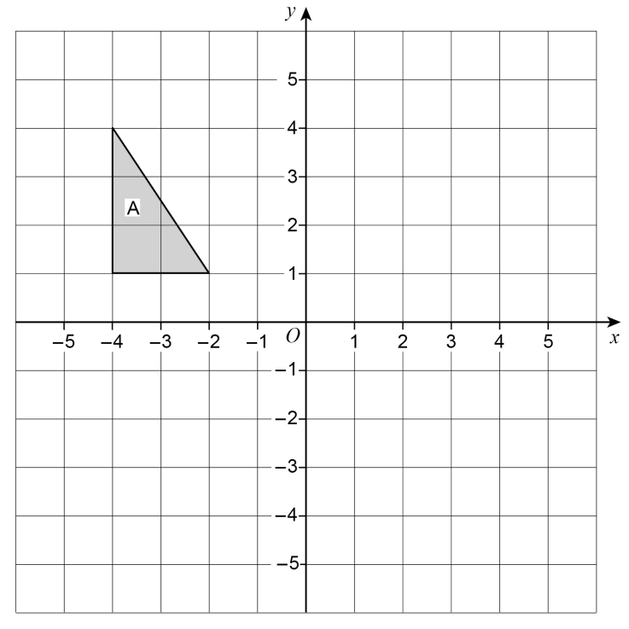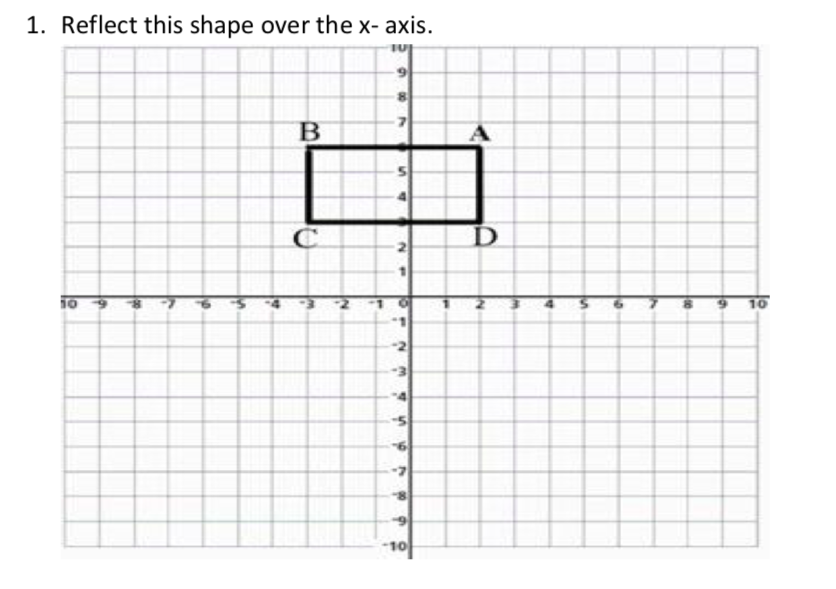
Transformations Reflection An object can be reflected in a mirror line or axis of reflection to produce an image of the object. For example, Each point. - ppt download
Reflection An object can be reflected in a mirror line or axis of reflection to produce an image of the object. For example, Each point in the image must be the same distance from the mirror line as the corresponding point of the original object.
For example, Each point in the image must be the same distance from the mirror line as the corresponding point of the original object..
A B C D A’ B’ C’ D’ objectimage mirror line or axis of reflection The image is congruent to the original shape..
A B C D A’ B’ C’ D’ objectimage mirror line or axis of reflection Reflecting shapes If we draw a line from any point on the object to its image the line forms a perpendicular bisector to the mirror line.
A’ A This is the line of reflection. Draw lines from any two vertices to their images. Draw a line through the mid points. Mark on the mid-point of each line..
07/12/2015Reflections13 Example 1
07/12/2015Reflections17 1. Reflect this triangle in the y-axis Reflect the shape in a mirror line
Draw lines from each vertex (corner) at 90 0 to the mirror line (y- axis).
Draw lines from each vertex (corner) at 90 0 to the mirror line (y- axis) 3. Use these lines to find the reflected points.
Draw lines from each vertex (corner) at 90 0 to the mirror line (y- axis) 3. Use these lines to find the reflected points 4. Draw the reflection.
07/12/2015Reflections21 Example
Reflection on the line Y =X
Reflection on the line Y = -X
Reflection on the line x = h
Reflection on the line y = k
Reflection Summary Reflection on X-axis: P(x, y) P’(x, -y) Reflection on Y-axis: P(x, y) P’(-x, y) Reflection on y= x: P(x, y) P’(y, x) Reflection on y = - x: P(x, y) P’(-y, -x) Reflection on x = h: P(x, y) P’(2h-x, y) Reflection on y = k: P(x, y) P’(x, 2k-y) Note: X-axis means y = 0 Y-axis means x = 0 Line parallel to X-axis means y = k Line parallel to Y-axis means x = h
–1–2–3–4–5–6– –2 –4 –6 –3 –5 –7 –1 A(2, 6) B(7, 3) C(4, –1) Reflect the triangle in the y -axis and label each point on the image. A’(–2, 6) B’(–7, 3) C’(–4, –1) What do you notice about each point and its image. x y.
–1–2–3–4–5–6– –2 –4 –6 –3 –5 –7 –1 A(–4, 6) B(4, 5) C(2, 0) Reflect the quadrilateral in the x -axis and label each point on the image. A’(–4, –6) B’(4, –5) D’(–5, –3) What do you notice about each point and its image. D(–5, 3) C’(2, 0) x y.
–1–2–3–4–5–6– –2 –4 –6 –3 –5 –7 –1 A(4, 4) C(2, –6) Reflect the triangle in the line y = x and label each point on the image. A’(4, 4) B’(–1, 7) C’(–6, 2) x = y What do you notice about each point and its image. x y B(7, –1).
Reflection on a coordinate grid
What letter would you get if you reflected each shape in its corresponding mirror line
Trace the shape and mirror line using tracing paper. Turn tracing paper over and match up mirror lines/square corners. Mirror Line object image Mark position of vertices, remove tracing paper and draw image of shape. Reflections Using Tracing Paper.
Trace the shape and mirror line using tracing paper. Turn tracing paper over and match up mirror lines..
Trace the shape and mirror line using tracing paper. Turn tracing paper over and match up mirror lines. Mark position of vertices, remove tracing paper and draw image of shape. Reflections Using Tracing Paper.
Trace the shape and mirror line using tracing paper. Turn tracing paper over and match up mirror lines. Mark position of vertices, remove tracing paper and draw image of shape. object image Reflections Using Tracing Paper.
Trace the shape and mirror line using tracing paper. object Turn tracing paper over and match up mirror lines. Reflections Using Tracing Paper.
Trace the shape and mirror line using tracing paper. object Turn tracing paper over and match up mirror lines. Mark position of vertices, remove tracing paper and draw image of shape. Reflections Using Tracing Paper.
Trace the shape and mirror line using tracing paper. object Turn tracing paper over and match up mirror lines. Mark position of vertices, remove tracing paper and draw image of shape. image Reflections Using Tracing Paper.
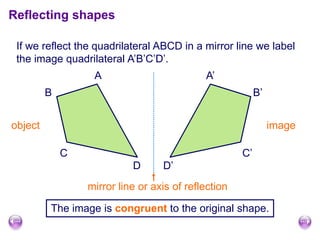
Reflections PPT.ppt
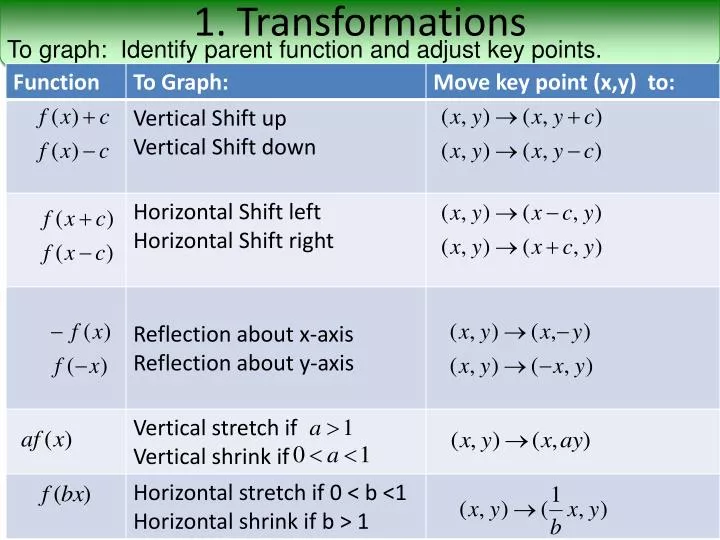
PPT - 1. Transformations PowerPoint Presentation, free download - ID:2835040

PDF) Text Book of Transformation Geometry by Begashaw M. For your
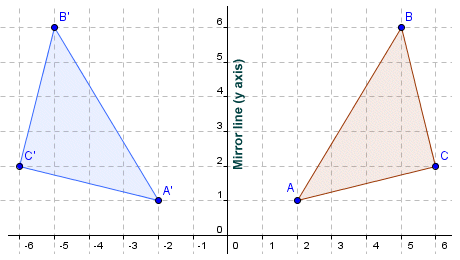
Transformations
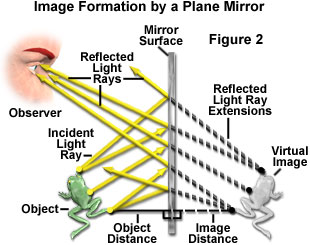
Molecular Expressions Microscopy Primer: Physics of Light and Color - Introduction to Mirrors

Two dimensionaltransformations

Examples of stimuli used in all experiments. New patterns were

Concave Mirrors and Convex Mirrors - Ray Diagrams, Image Formation, Examples
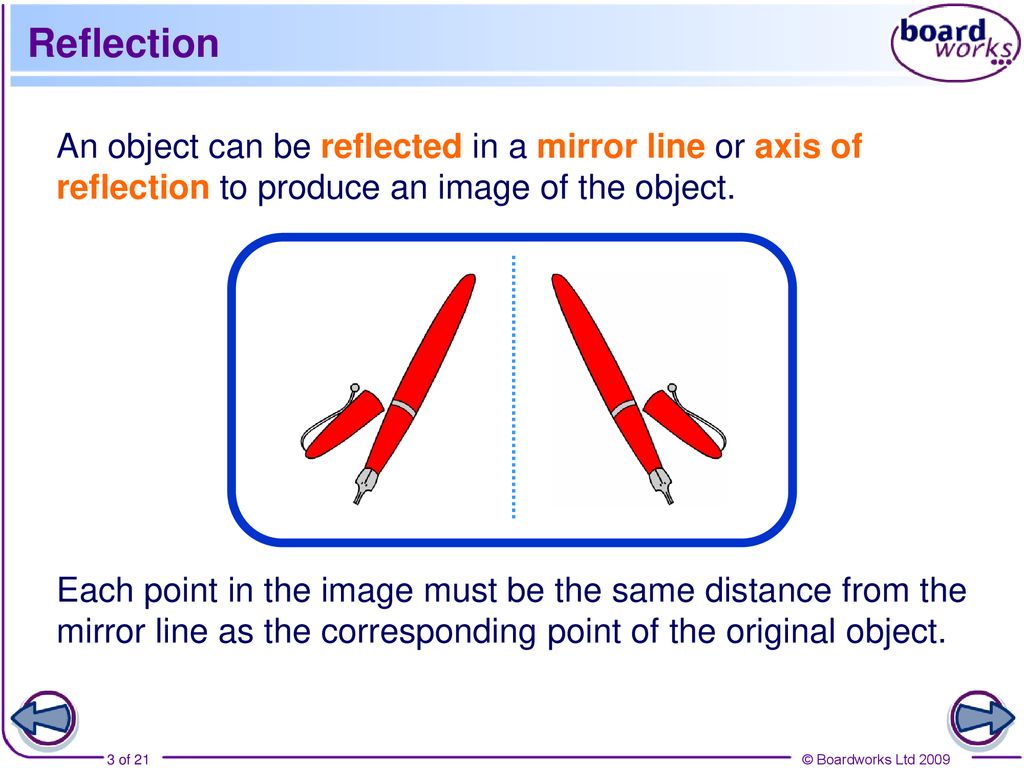
G13 Reflection and symmetry - ppt download

Ray Optics: Reflection, Mirrors, and Kaleidoscopes

Transformations Reflection An object can be reflected in a mirror line or axis of reflection to produce an image of the object. For example, Each point. - ppt download
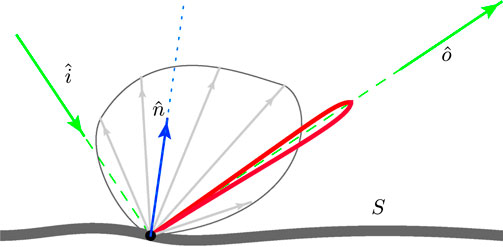
Frontiers Deflectometry for specular surfaces: an overview

Creating Futures. Scenario Planning as a Strategic Managment Tool - Michel Godet by ASAP ASAP - Issuu

_q4.jpg)
